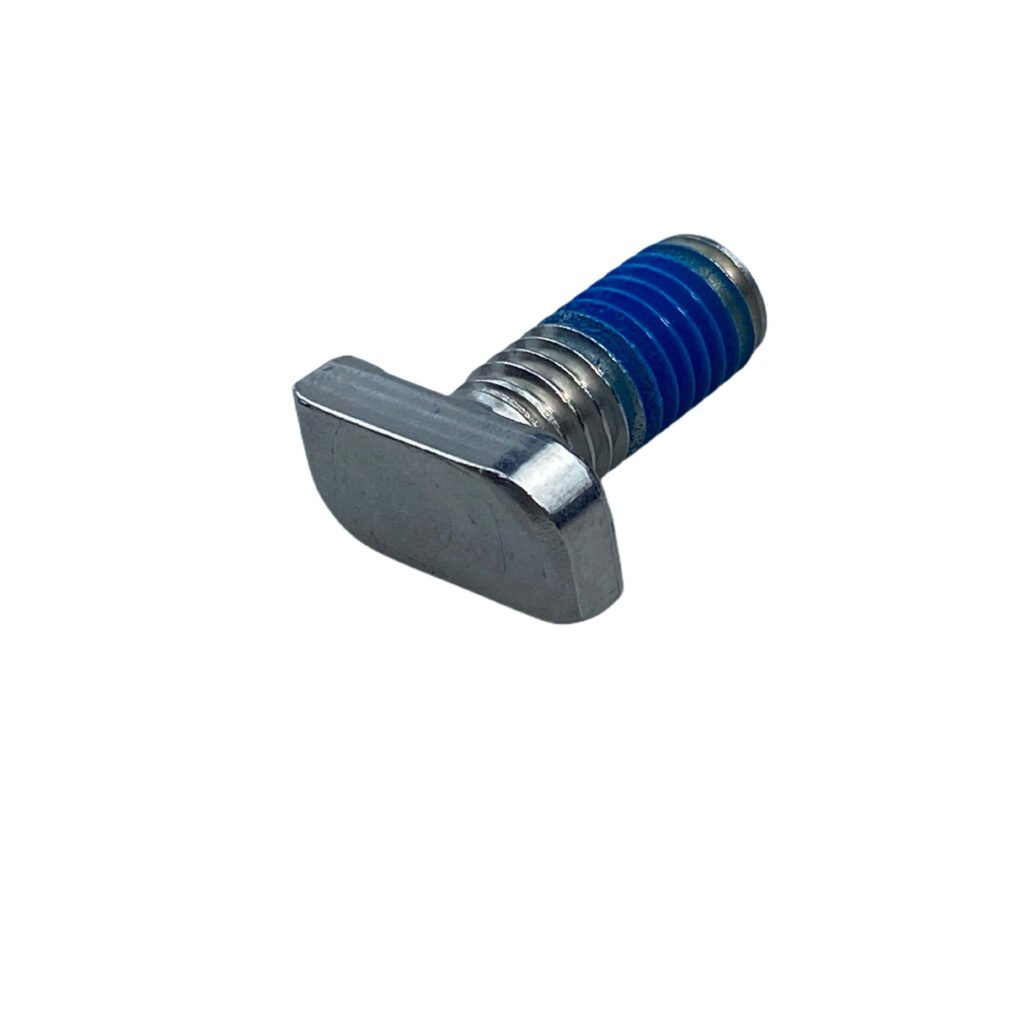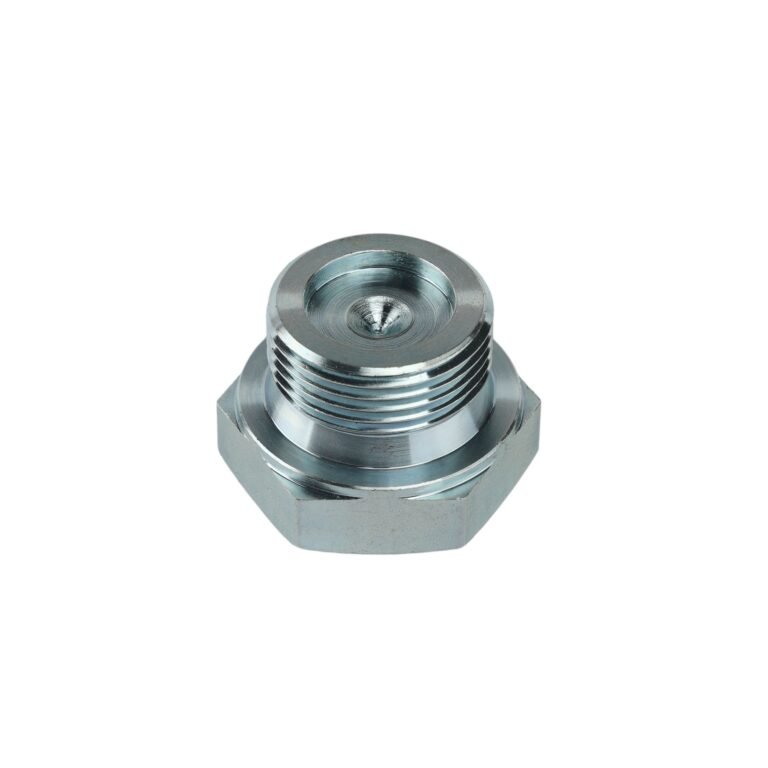Thread failure causes costly breakdowns—especially in non-standard fasteners. But one overlooked solution can change that: adhesive coatings.
Thread adhesive coating is a process that adds bonding material to threads to prevent loosening under vibration or thermal expansion. It enhances reliability, especially in non-standard or critical-use fasteners.

When you deal with custom or low-volume fasteners, thread adhesives become even more critical. Without standard geometries or off-the-shelf solutions, your only real choice is surface modification. Thread adhesives help stabilize, seal, and lock threads in place. In my experience, this is one of the most dependable solutions in precision machining—especially in industries where even a minor failure means serious consequences.
What is thread adhesive?
Loose threads mean lost performance and risk—thread adhesive solves both.
Thread adhesive is a bonding agent applied to screw threads that locks, seals, or secures the mating components. It can be temporary or permanent.
Thread adhesive isn't just glue. It’s a precisely engineered formula designed to interact with both metal surfaces and their mechanical loads. Some adhesives cure anaerobically, others are pre-applied and activated during assembly. In my shop, we've used different grades of Loctite and other pre-applied coatings depending on whether the customer needs removability, reusability, or long-term fixation. The key is compatibility: with thread design, substrate material, and service environment.
Types of Thread Adhesives
| Type | Removability | Common Use Cases | Curing Method |
|---|---|---|---|
| Anaerobic | Medium to high | Automotive, aerospace | No oxygen + metal |
| Pre-applied | Medium | Electronics, assembly lines | Heat or friction |
| Epoxy-based | Permanent | Structural, marine | Air-dried |
| UV-curing | Removable | Optical equipment | UV light exposure |
What is the ASME thread standard?
Using the wrong thread profile can ruin a product—standards like ASME fix that.
ASME thread standards define the thread profile, pitch, and tolerance for fasteners to ensure compatibility and performance across industries.

The American Society of Mechanical Engineers (ASME) sets strict thread guidelines to prevent mismatches and system failures. The most common thread form under this standard is the Unified Thread Standard (UTS), especially in North America. This includes UNC (coarse), UNF (fine), and UNEF (extra fine). When we work with German clients like Oliver, we often have to convert metric specs into ASME equivalents to match their designs. Understanding these standards avoids fitment issues and surprises during assembly.
Key ASME Thread Forms
| Type | Use | Pitch | Application |
|---|---|---|---|
| UNC | General purpose | Coarse | Machinery, automotive |
| UNF | Precision fit | Fine | Aerospace, electronics |
| UNEF | Ultra precision | Extra Fine | Instruments, optics |
What are the 4 main types of threads used on fasteners?
Not all threads are made equal—and choosing the wrong type means failure.
The four main thread types are UNC, UNF, Metric, and Acme. Each has specific mechanical uses and design profiles based on load, torque, and precision.
When customers ask me why their fasteners keep stripping or breaking under load, the first thing I ask is: what thread type are you using? UNC is the go-to for general use, but lacks fine control. UNF gives more holding power in thin materials. Metric threads dominate in Europe. Acme threads? They're best for heavy linear loads. These differences matter a lot more when the parts are custom-made and there’s no second chance to fix a mistake.
Thread Type Comparison
| Thread Type | Thread Profile | Best For | Region |
|---|---|---|---|
| UNC | Coarse | General applications | USA |
| UNF | Fine | Aerospace, electronics | USA |
| Metric | V-profile | Global use | Europe |
| Acme | Trapezoidal | Linear motion, load | Global |
What is thread locking programming?
Even perfect threads fail without locking—programmed locking ensures they don’t.
Thread locking programming is the automated or manual application of thread adhesives or inserts during the production or assembly of fasteners to prevent loosening.
I’ve seen firsthand how companies lose thousands in returns due to overlooked thread locking. Thread locking programming brings control into the process. It uses pre-applied patches, automated dispensing, or CNC-programmed adhesive spots. This process can be integrated into the supply chain, especially for high-volume or mission-critical parts. We offer pre-coated parts where the adhesive is dry but activates during installation—this saves time and cuts down mistakes at the assembly line.
Common Thread Locking Techniques
| Method | Process Type | Advantage | When to Use |
|---|---|---|---|
| Pre-applied Patch | Automated | Ready for assembly | High-volume production |
| Manual Application | Manual | Flexible for low volume | Prototyping, custom jobs |
| Heat-activated | Automated | Secure under temperature | Automotive, aerospace |
| Nylon Inserts | Manual | Reusable, durable | Repeat-use assemblies |
Conclusion
Thread adhesives and standards are the hidden heroes behind strong, secure fasteners—especially in non-standard applications.


